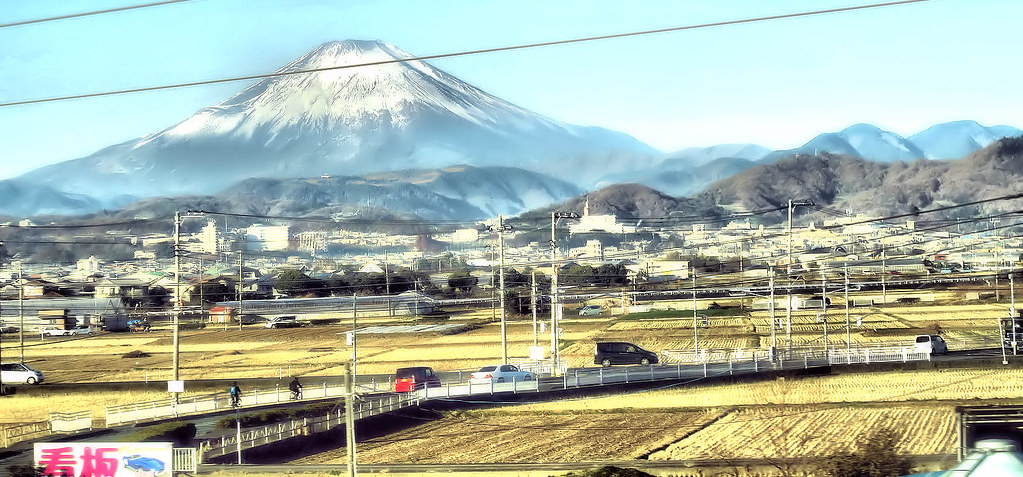
In the United States, we are accustomed to knowing that America has 50 states, a federal district (Washington D.C., which is also a capital city) and five major territories (which includes Guam, Puerto Rico, American Samoa, U.S. Virgin Islands and Northern Mariana Islands). The latter which many people are still quite ignorant about.
And to further confuse people, the United States also has eight “Major Outlying Islands”. There are eight in the Pacific Ocean (Baker Island, Howland Island, Jarvis Island, Johnston Atoll, Kingman Reef, Midway Atoll, Palmyra Atoll, and Wake Island) and one in the Caribbean Sea (Navassa Island). This fact, most people around the country are unfamiliar with.
But within those 50 states, we have counties and within those counties, we have municipalities which people call cities or towns.
So, using the State of California as an example, there are 58 counties and 482 municipalities (which there are officially 460 cities and 22 towns).
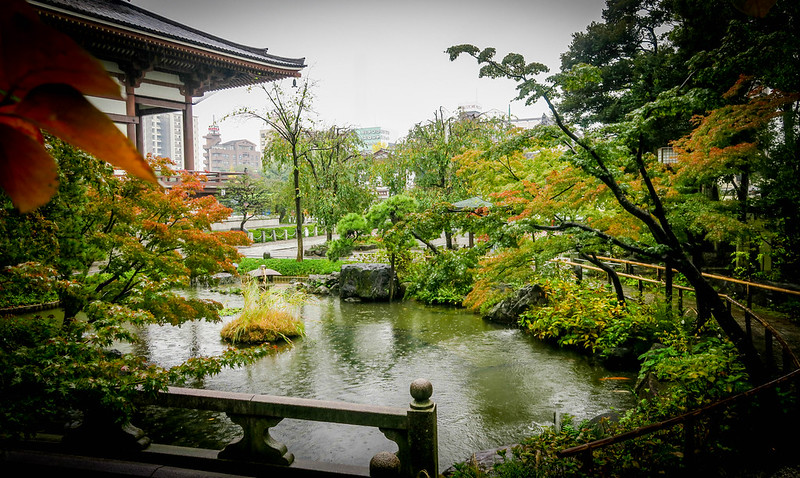
The United States has a total of 50 states. So, California, New York, Texas, etc. are states.
Japan has a total of 47 Prefectures. So, Tokyo, Osaka, Kyoto, Hokkaido are prefectures.
We will focus on the TOKYO prefecture for this guide.
A state like CALIFORNIA uses “COUNTIES”
As California has 58 counties and in those counties are 482 municipalities (towns/cities).
Within Los Angeles County are numerous cities such as Los Angeles, Long Beach, Glendale, Santa Clarita, Lancaster, Torrance, Burbank, etc. In fact, Los Angeles County has 142 incorporated and unincorporated municipalities (incorporated and unincorporated cities/towns).
A prefecture like TOKYO uses “SPECIAL WARDS”
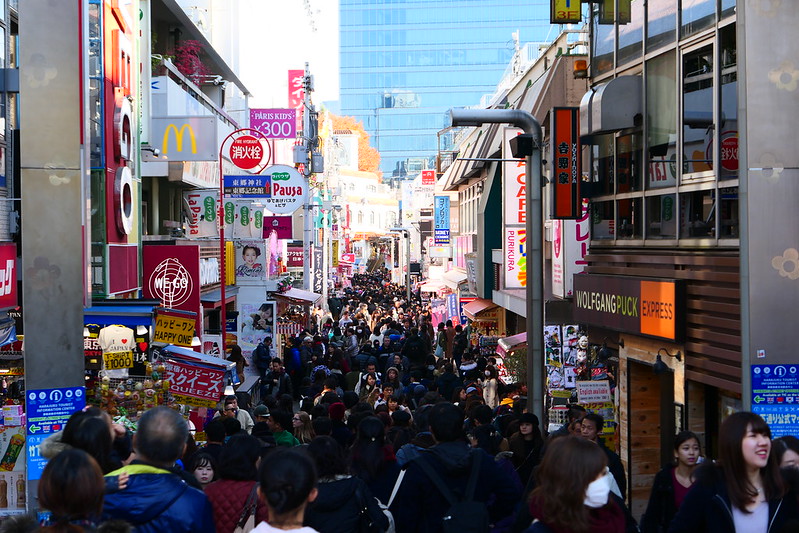
Where a state like California uses the word “municipalities” to describe city/towns.
In Japan, they don’t do this. Tokyo alone has 62 municipalities known as “special wards” (it’s like calling counties as municipalities), 23 special wards, 30 tama areas and nine islands.
There are 23 special wards (“tokubetsu-ku”) in Tokyo. But unlike the USA which calls their cities/towns municipalities, Japan calls them “Districts”. The closest thing in America resembling what Tokyo does is New York City, which has five boroughs such as Manhattan, Brooklyn, Queens, The Bronx and Staten Island.
So, when you visit Shibuya or Harajuku, you are visiting districts which are located in the special ward of Shibuya. If you are going to the Akihabara District, you are going to the special ward of Chiyoda. If you are going to the Odaiba, Roppongi or Shinbashi district, you are going to the special ward of Minato.
That was the easy part!
This is where things get a little confusing…
Before July 1, 1943, Tokyo City which were the “23 special wards” was merged with Tokyo Prefecture. Looking at the map above, the 23 wards are known as “Tokyo Metropolis”.
While the 23 special wards are easy to remember as these are the most populated metropolitan areas, the other 30 municipalities of western Tokyo (in pink) that extend west of the 23 wards (in purple) are cities, towns or villages.
So, everything you see on the map in purple are the 23 special wards and the places that many people travel and visit are DISTRICTS such as Shibuya, Shinjuku, Akihabara, Ikebukuro, Ueno, etc.
But any of the municipalities in pink are known as TAMA Areas (Western Tokyo) and are NOT DISTRICTS but called “CITIES”.

In some ways, one can easily say, anything outside of the purple area are the boonies or mountainous areas of Tokyo Prefecture. The city of Hachioji is a large mountainous area of western Tokyo. You can see on the upper right from a high elevation, you can structures from various districts of special wards in Tokyo.
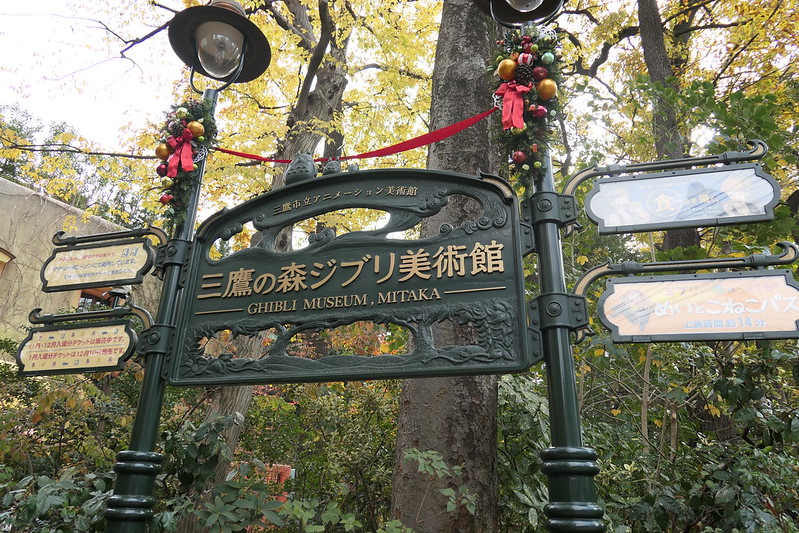
But not all of western Tokyo is mountainous or in the boonies. Especially cities bordering the western special wards.
Right next to Suginami and Nerima is Musashino. Musashino is a city, but a neighborhood in the city of Musashino that people visit a lot is Kichijoji for their wonderful restaurants and right under Musashino, is the city of Mitaka, (home of the Ghibli Museum) and an area where many people are flocking to live because its away from the hustle and bustle of the big district areas and not too far for one to travel.
So, when you go to popular tourist or metropolitan areas of Tokyo, use “district” not “cities”
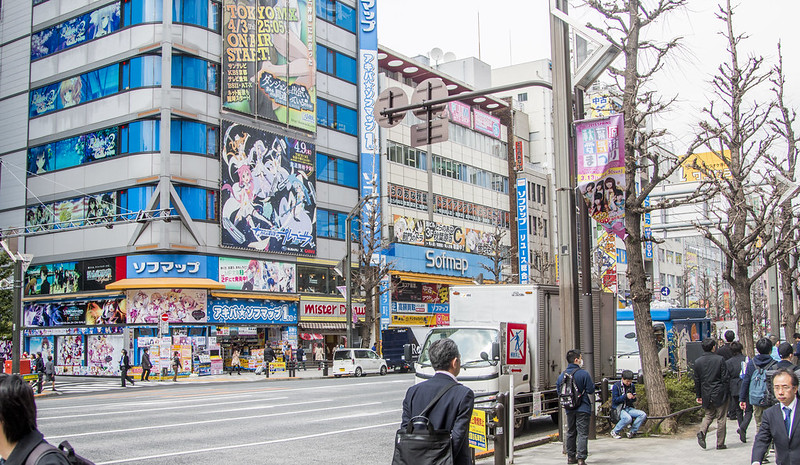
So, when you go to Tokyo, it’s easy to call everything a city due to the skyscrapers, plethora of buildings and heavy crowds. But now you know, in Tokyo, the official word “city” apply to western Tokyo not in the 23 special wards. Everything in the 23 special wards are known as “Districts”.
So, if you are an anime fan and are visiting Akihabara in Chiyoda Ward…you are visiting Akihabara District. If you are seeing the huge Gundam, you are in the Odaiba Distrct of Minato. If you are eating seafood at Tsukiji Fish Market, you are in the Tsukiji District in Chuo Ward. If you are staying in the Ikebukuro District, you are in the special ward of Toshima.
But once you learn the differences between “District” and “Cities”, it gets easier to remember.
Like Hollywood (a neighborhood) and Hollywood Blvd. (a major street)…

Another thing that people get confused is people thinking shopping areas like Omotesando are cities. Omotesando is a an avenue going through Shibuya ward, in the Harajuku District. It’s like going through Hollywood Blvd. in Hollywood. Hollywood Blvd. is not a city, it’s just a street. Hollywood is not a city, it’s a neighborhood. Both are located in the City of Los Angeles.
So, if you are eating at Kichijoji in western Tokyo, it means you are eating in a neighborhood in the city of Musashino.
And when you see the word “Hills” added such as Omotesando Hills or Roppongi Hills. These are developmental projects in their respective districts i.e. huge commercial mega-complexes with apartments, shops, cafes, museums, hotels, movie studios, etc.
Roppongi Hills is a developmental project in the Roppongi District of Minato ward. Omotesando Hills is a shopping complex located in the avenue of Omotesando in the Harajuku District of Shibuya ward.
And one last thing… If you are planning to travel to Tokyo again, try to visit locations in the other special wards (and/or Tama area) that you have never been to

One of the greatest achievements in my life was experiencing Tokyo from visiting all 23 special wards and visiting key locations in the Tama area (Note: I have yet to visit the small Izu islands in Tokyo Prefecture which are only accessible by ferry or airplane).
It’s not difficult to visit all 23 special wards, in fact, all the Tokyo districts you are visiting on your trip, you pretty much will eliminate nearly half of the 23 Special Wards.
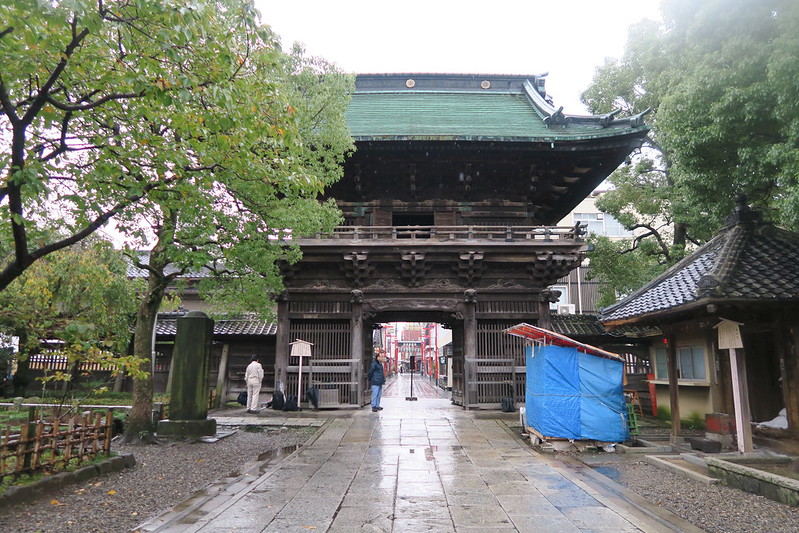
But if you truly want to experience Tokyo, I recommend visiting these special wards and find locations that each has to offer. You’ll see a different side of Tokyo beyond what you experience in districts such as Shibuya, Shinjuku, Akihabara, Ueno, Ikebukuro, etc.
And for the Tama area, I recommend visiting Kichijoji in Musashino, visiting Mount Takao in Hachioji and if you are an anime fan, visiting the Ghibli Museum in Mitaka.
But definitely consider visiting key locations and truly see what Tokyo has to offer besides the usual, heavily visited tourist areas.
